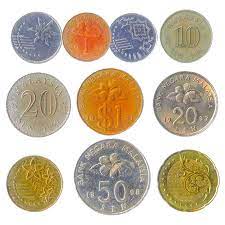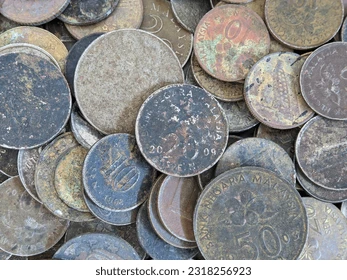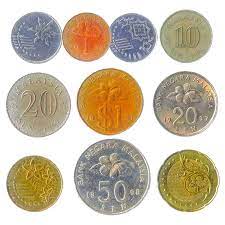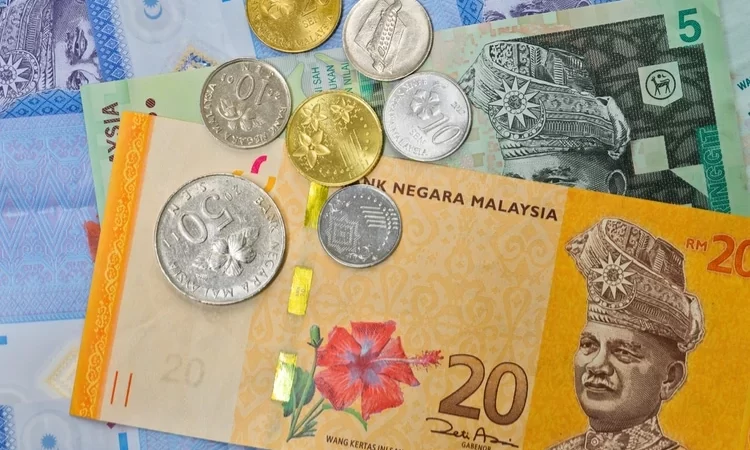Introduction:
Beyond its utilitarian use, currency contains a nation’s cultural and historical fabric. The development of coins in Malaysia, a nation with a long history and a wide range of cultural influences, represents the country’s transition from antiquity to the modern era. We explore the fascinating history of Malaysian coins in this blog post, charting the evolution of money over the ages.
1. Ancient Roots: The Early Forms of Currency
The origins of Malaysian currency can be found in the era of ancient commerce and barter systems. Prior to the invention of coins, many commodities were used as a medium of exchange, including gold, silver, and tin. Due to its strategic location at the intersection of old trade routes, the historical region of Malaya was important for the interchange of goods and the development of early monetary systems.
2. The Malacca Sultanate: An Early Monetary System
The Malacca Sultanate was a strong maritime kingdom that ruled over the strategically important Strait of Malacca and was founded in the fifteenth century. The Malacca Sultanate had its own coinage under the reign of Sultan Mansur Shah. These coins were made of silver and gold and were called “Tin Hat” and “Bendahara.” In addition to facilitating regional trade, these coins gained acceptance as money within the larger global trading network.
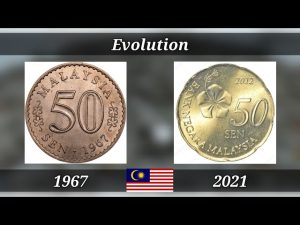
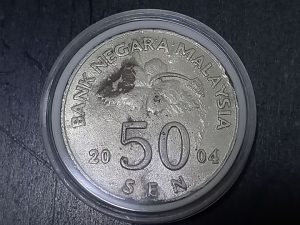
3. Colonial Influences: Portuguese, Dutch, and British Eras
European colonial forces arrived in the Malaysian archipelago in the sixteenth century. The British, Portuguese, and Dutch all exercised influence and left a lasting impression on the financial landscape of the area. While the Dutch produced the well-known “Lion Dollar” coins, the Portuguese launched “Pitis” coins. The currency changed to the Indian Rupee with the entrance of the British East India Company, and it became the officially recognized currency for a large portion of the 19th century.
4. Japanese Occupation: World War II and Currency Changes
Malaysia was occupied by Japan during World War II, which had a substantial impact on the nation’s currency. During their occupation, the Japanese created a sort of military currency called Banana Money. The money in use at this tumultuous time in Malaysian history represented the geopolitical changes taking place on the world stage.
5. Post-Independence: The Birth of the Malaysian Ringgit
Following Malaysia’s 1957 declaration of independence from British domination, the Federation of Malaya was founded. The Malayan Dollar, which eventually gave way to the Malaysian Dollar, was the nation’s initial post-independence currency. However, with the introduction of the Malaysian Ringgit in 1975, the currency experienced a considerable upheaval. Because of the serrated edges of the Spanish silver dollars that were historically often used in the area, the term “Ringgit” itself means “jagged” in Malay.
6. Commemorative Coins: Celebrating Heritage and Achievements
Malaysia has produced commemorative coins over the years to honor its notable accomplishments and rich history. These coins frequently include elaborate patterns and symbols that stand for the variety of cultures in the nation. To commemorate significant occasions like the hosting of international events, the anniversary of independence, and the accomplishments of prominent people, commemorative coins have been struck.
7. The Move to Modernity: Technological Advances in Coin Minting
Malaysia adopted new technologies and a new approach to coin minting. In order to improve security features, modern Malaysian coins include cutting-edge technologies, such as holographic graphics, microprinting, and bi-metallic compositions. These developments demonstrate Malaysia’s dedication to remaining at the forefront of currency technology in addition to discouraging counterfeiting.
8. Numismatic Culture: A Growing Interest in Coin Collecting
Malaysian coins are fascinating for reasons other than just being a means of payment. The study and collecting of coins, or numismatics, is a pastime that is growing in popularity. Because of their rich historical background and varied designs, Malaysian coins have grown in popularity among collectors. Coin fairs, exhibitions, and auctions give collectors a forum to share information and highlight their valuable numismatic items.
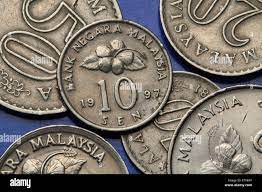
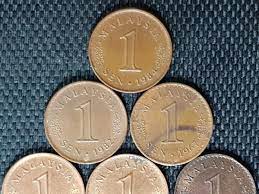
Conclusion: Coins as Time Capsules
The fascinating voyage through the history of Malaysian coins depicts the highs and lows of the country’s fortunes, from prehistoric trading routes to colonial influences and the victory of independence. Every coin has a narrative to tell since it reflects historical developments, technological advancements, and cultural fusion. Malaysia’s coins preserve the history of the country for future generations by serving as both tangible links to the past and marks of currency as the country continues to change.

